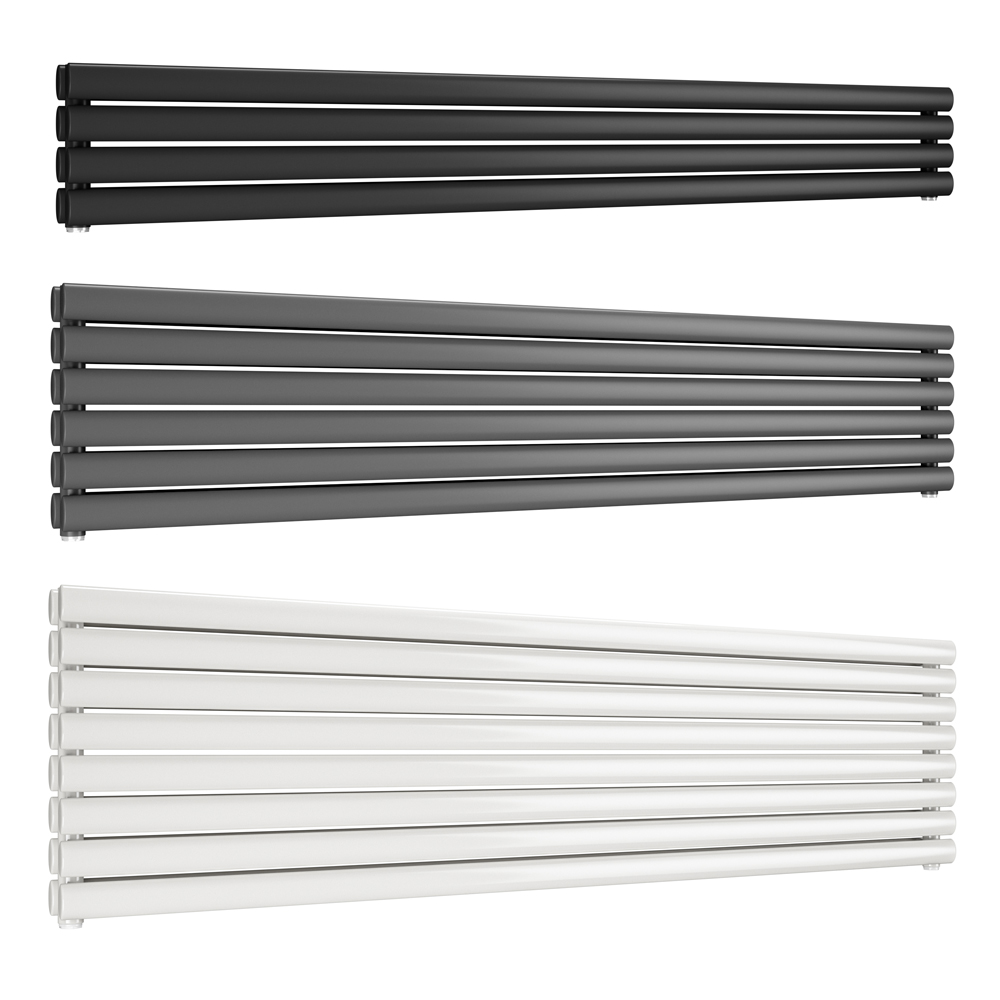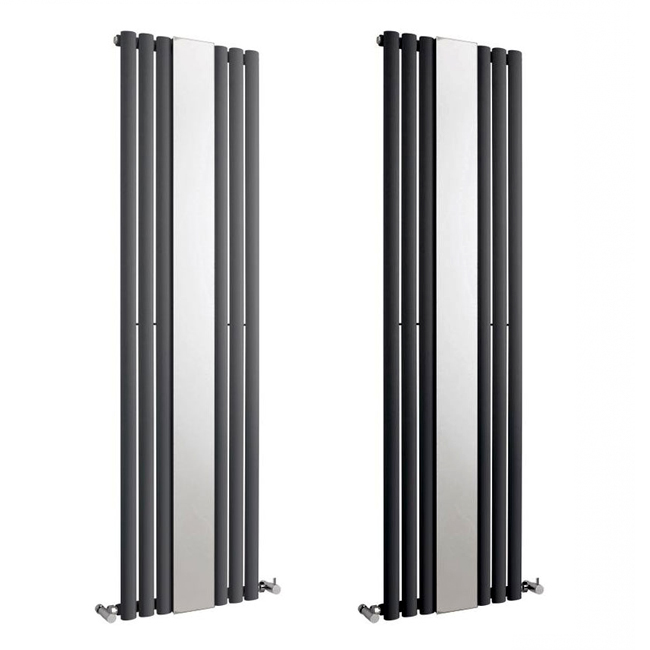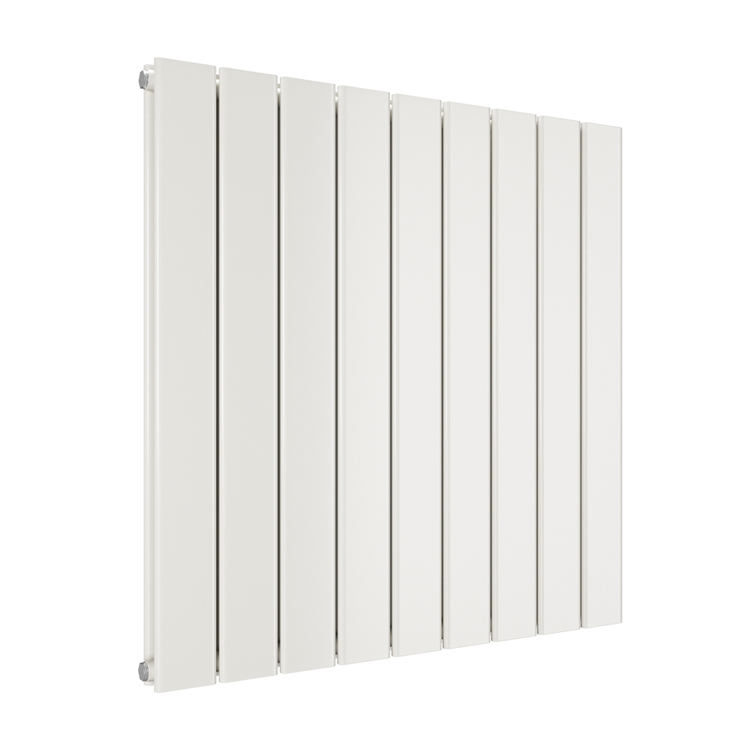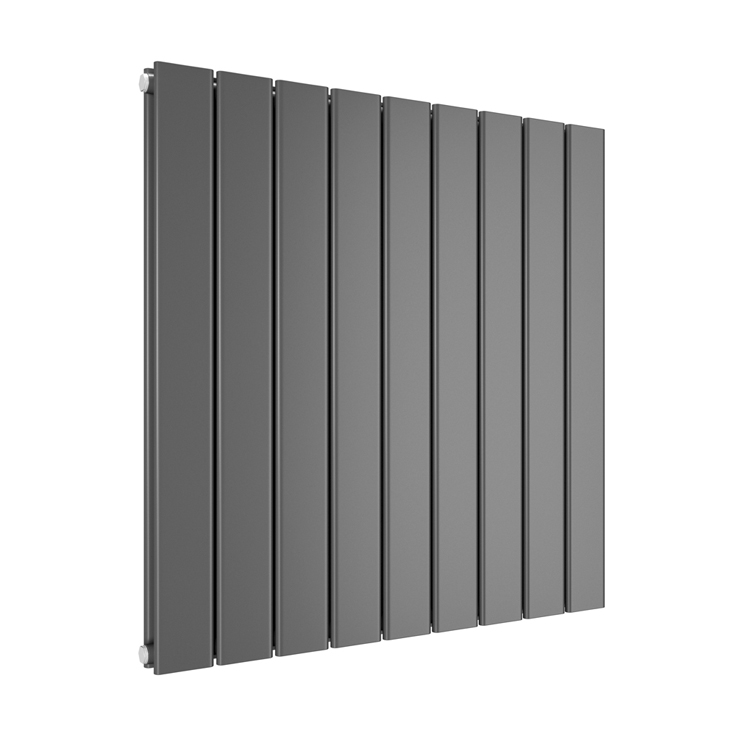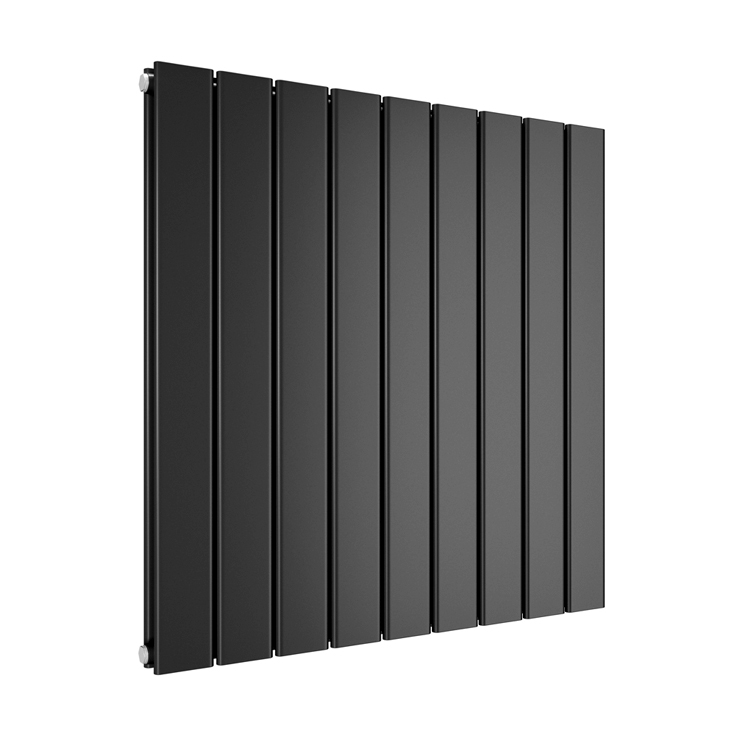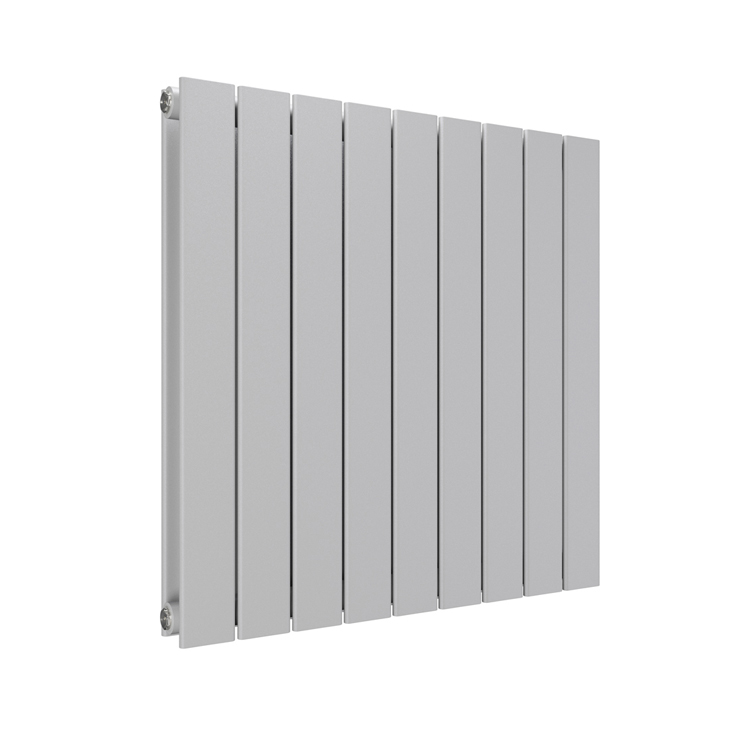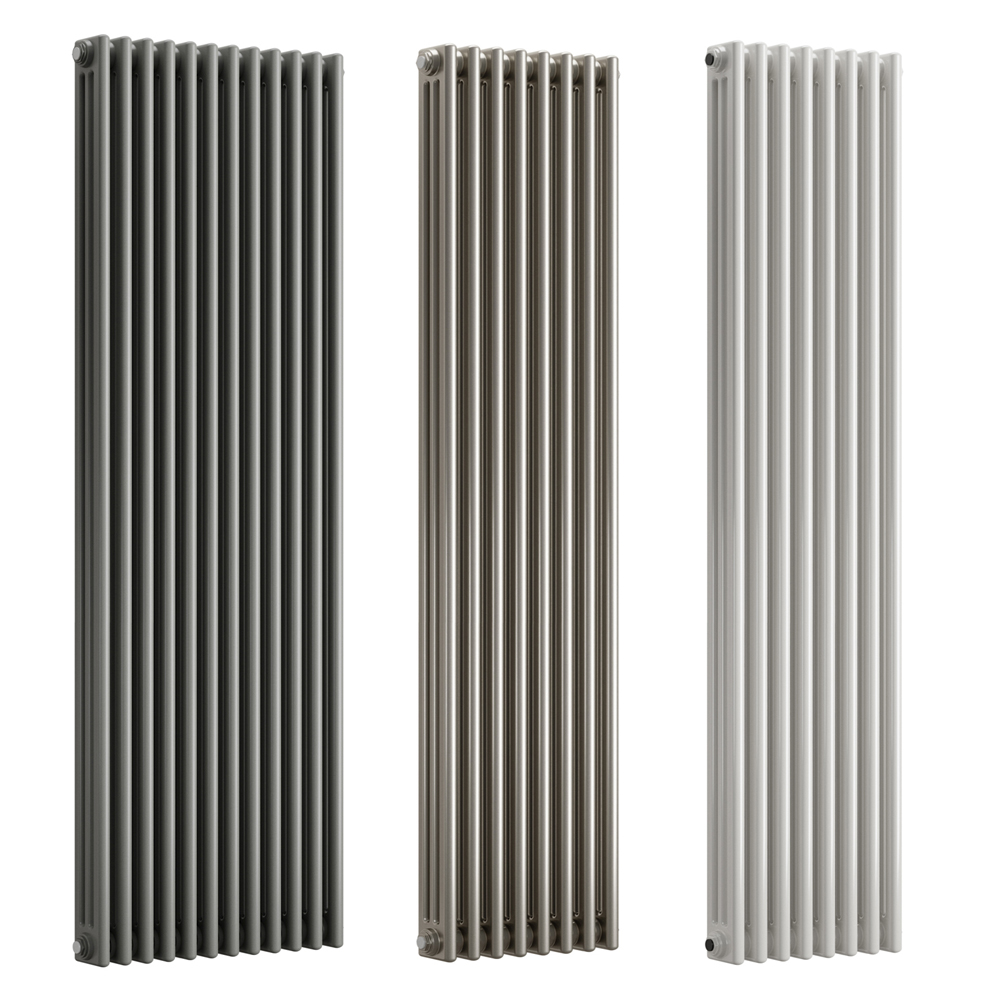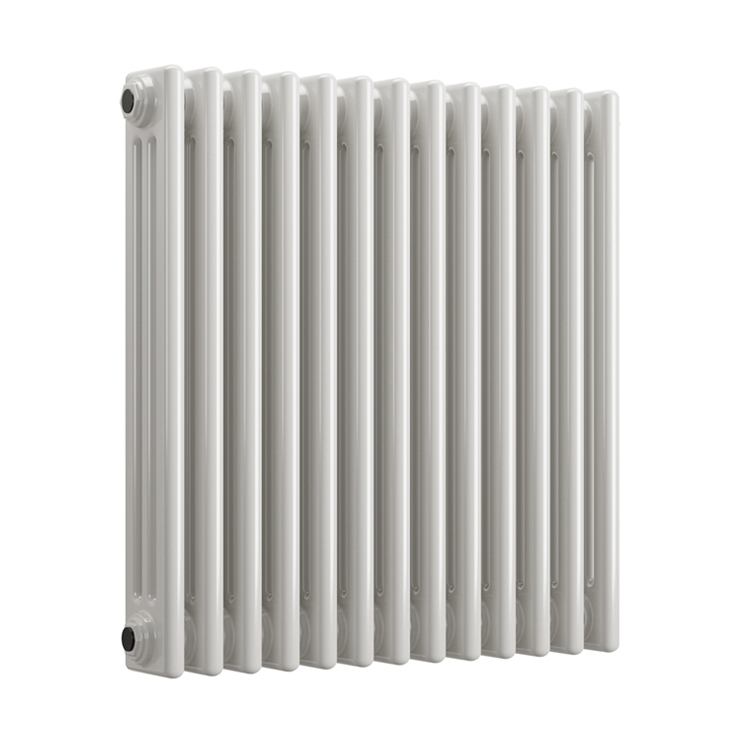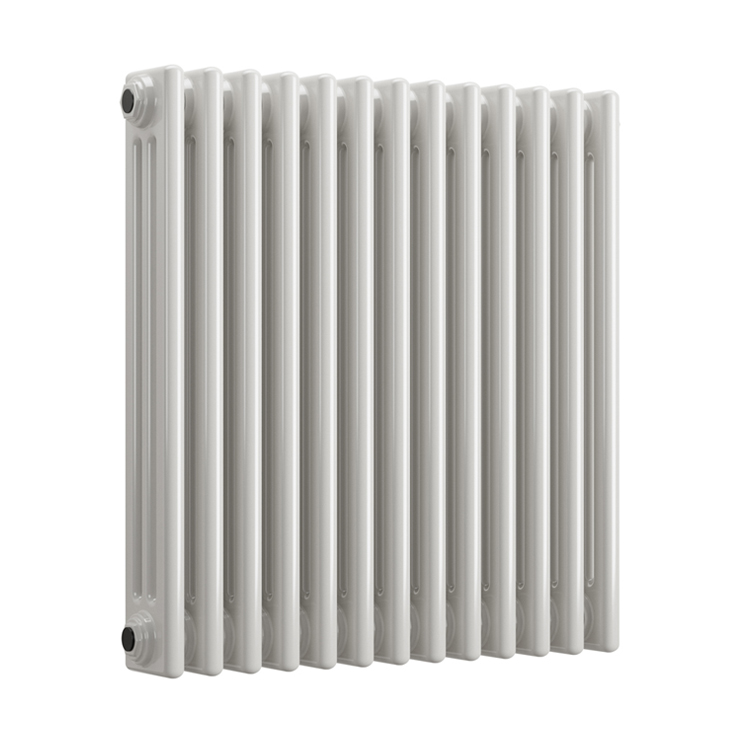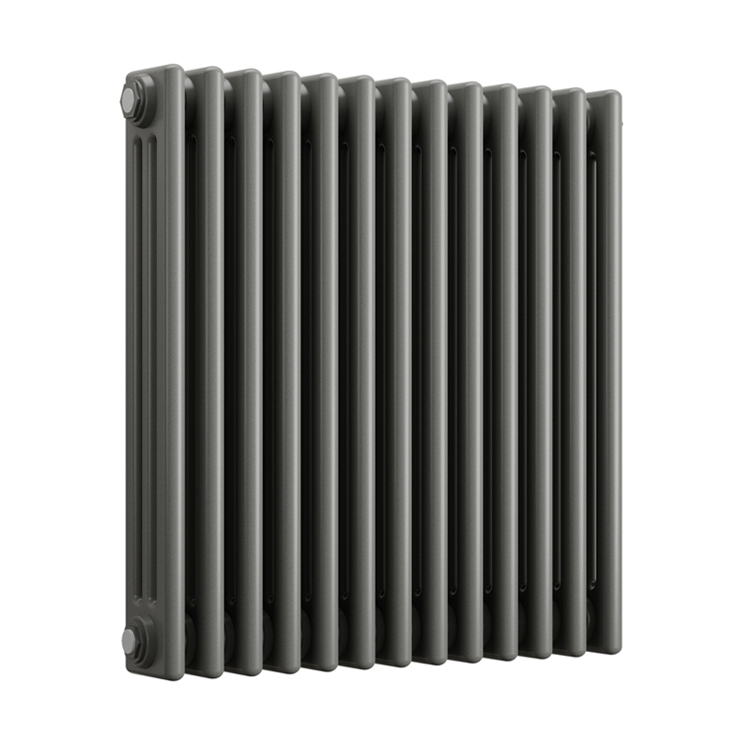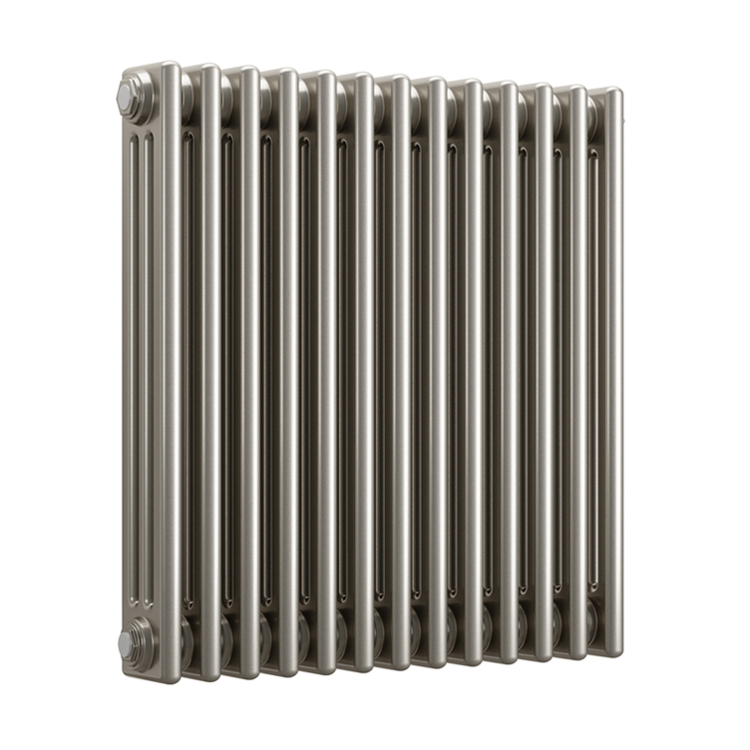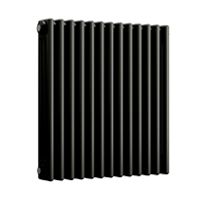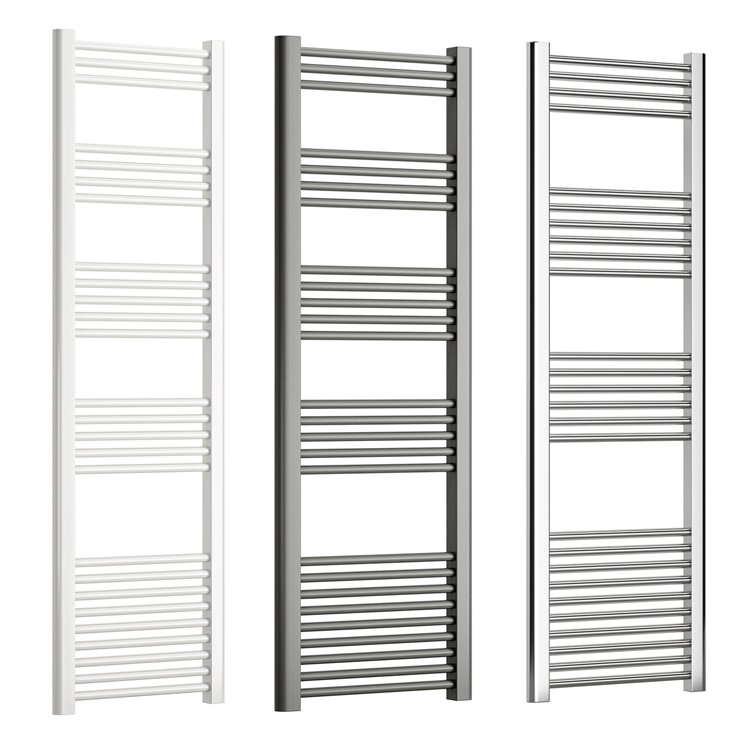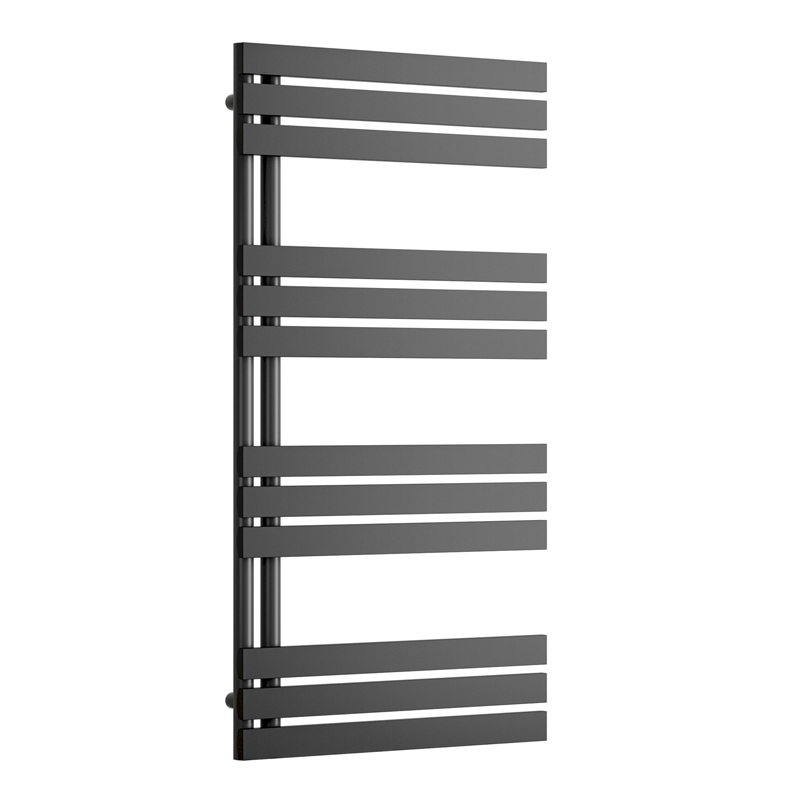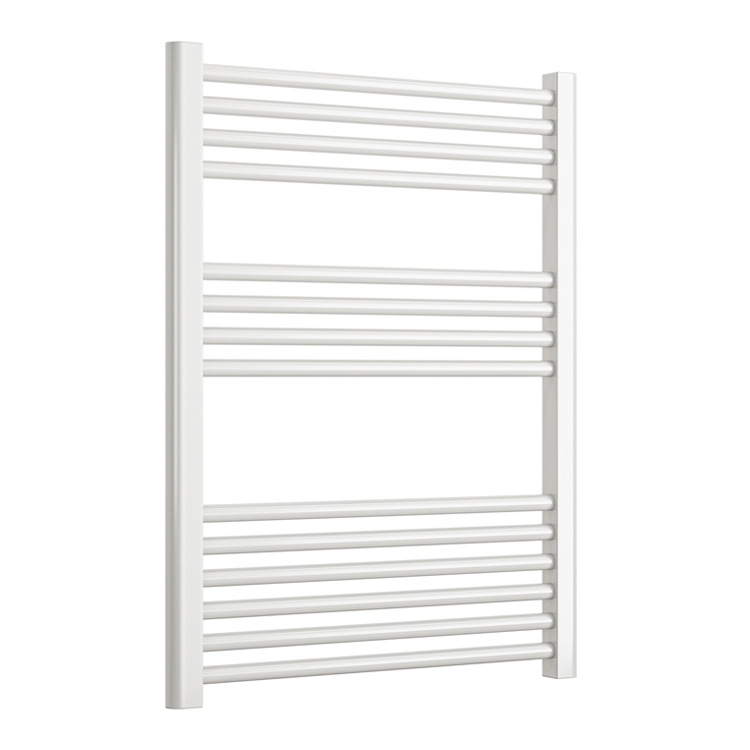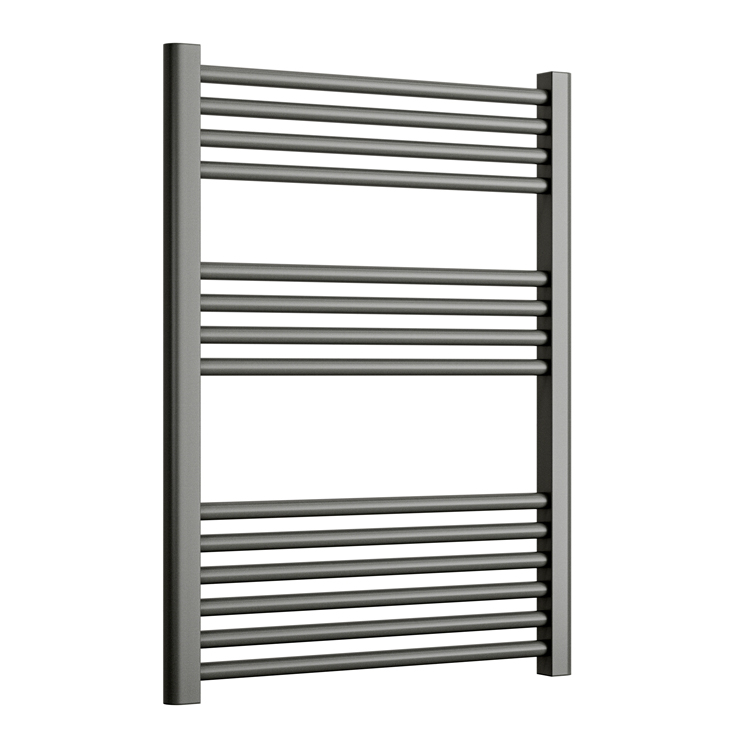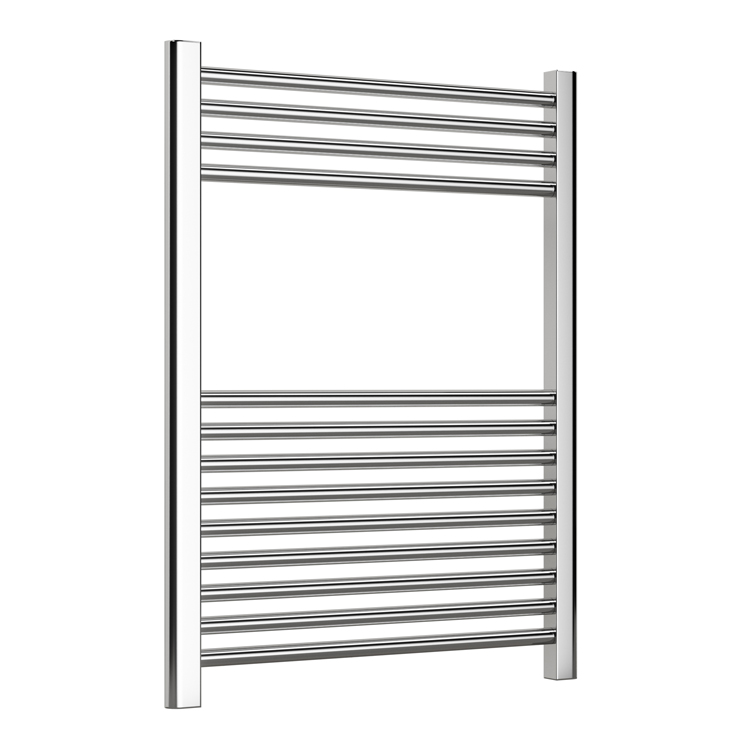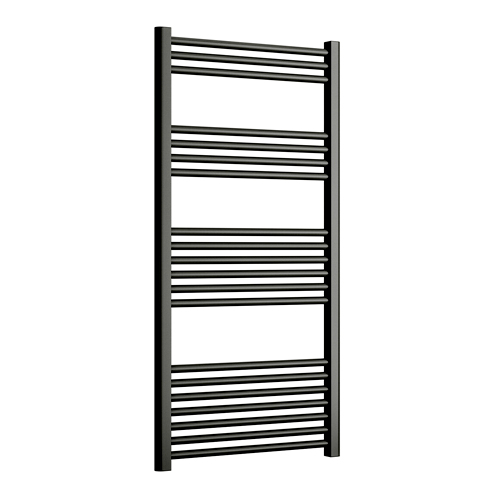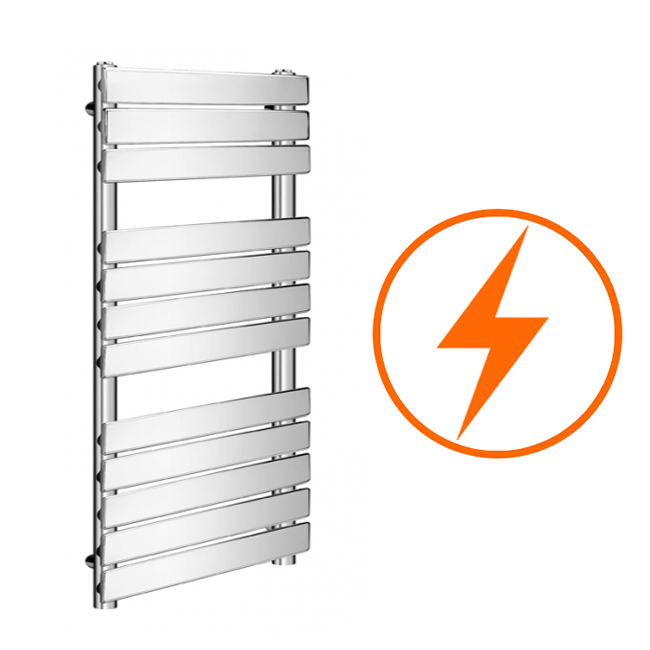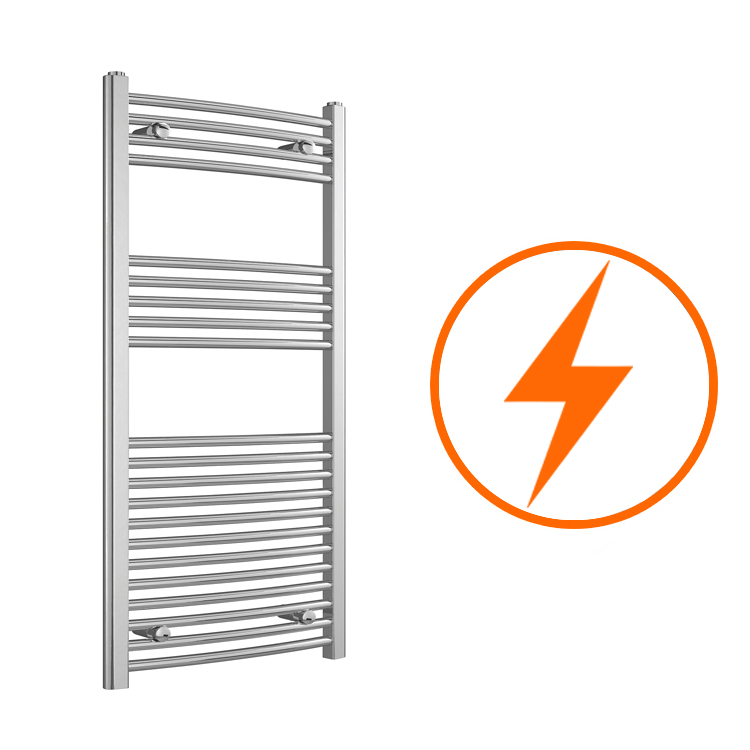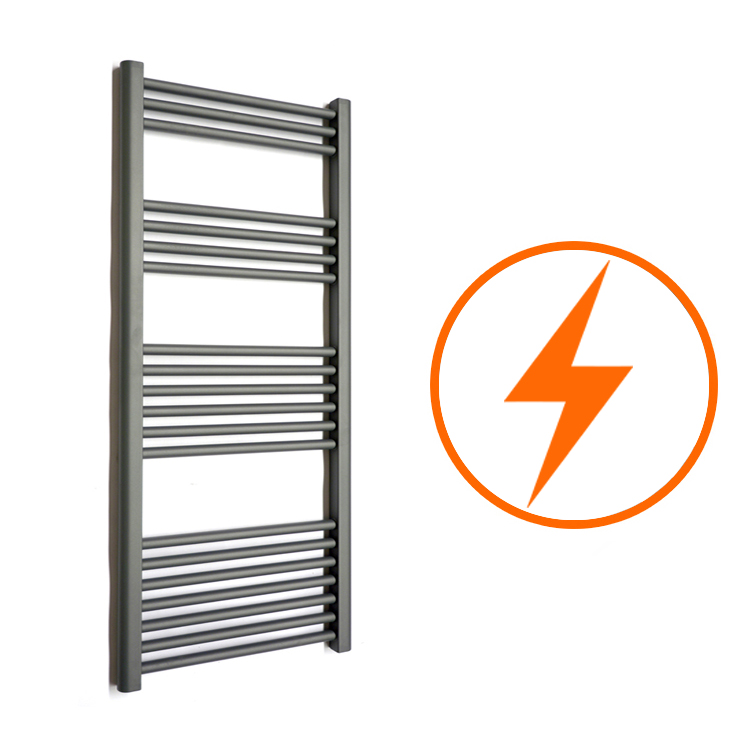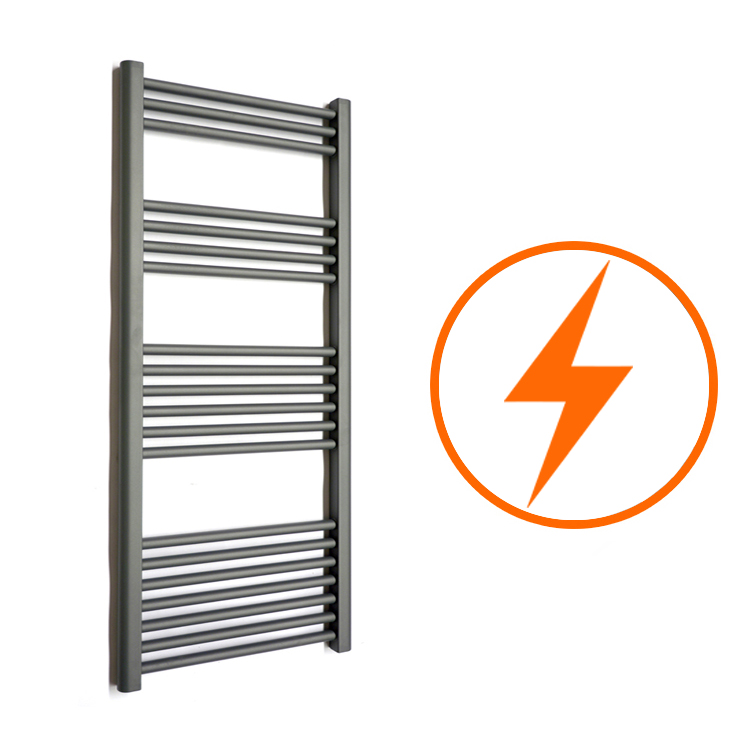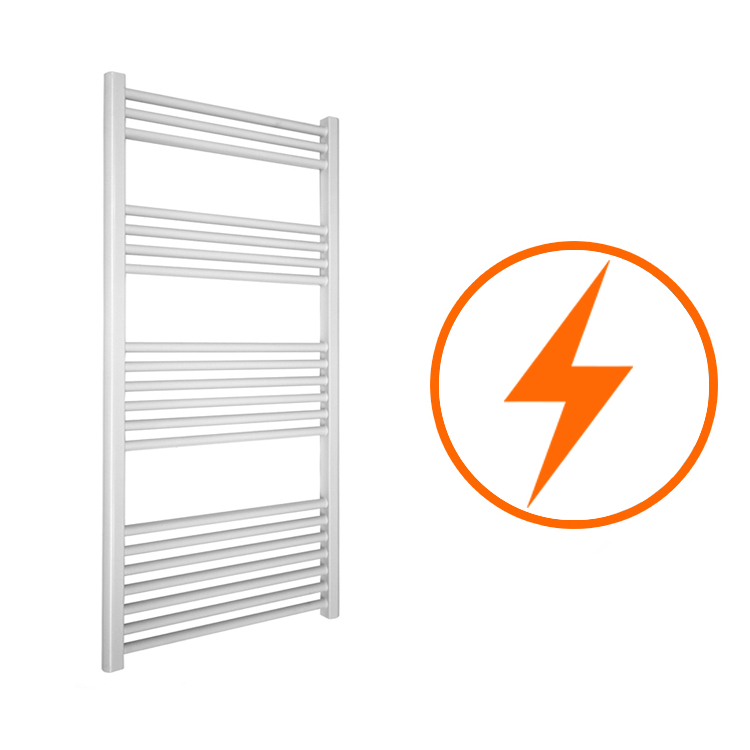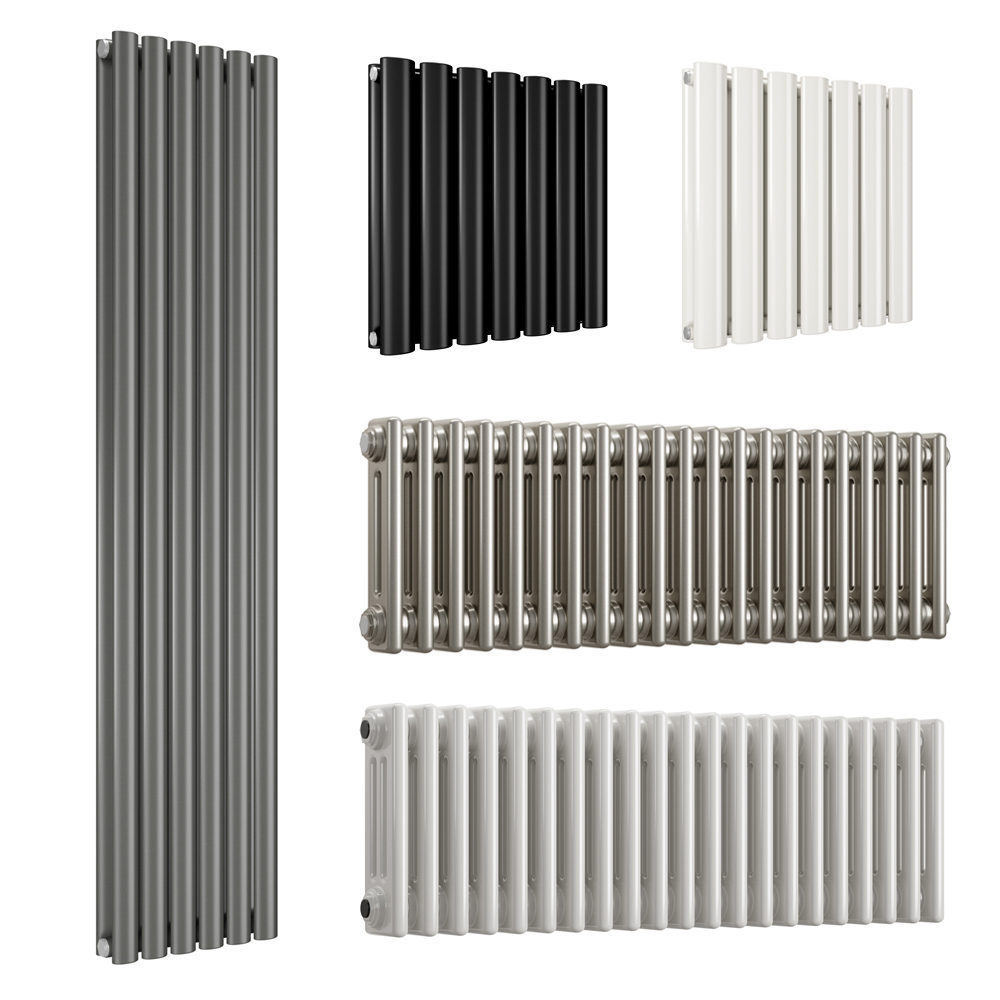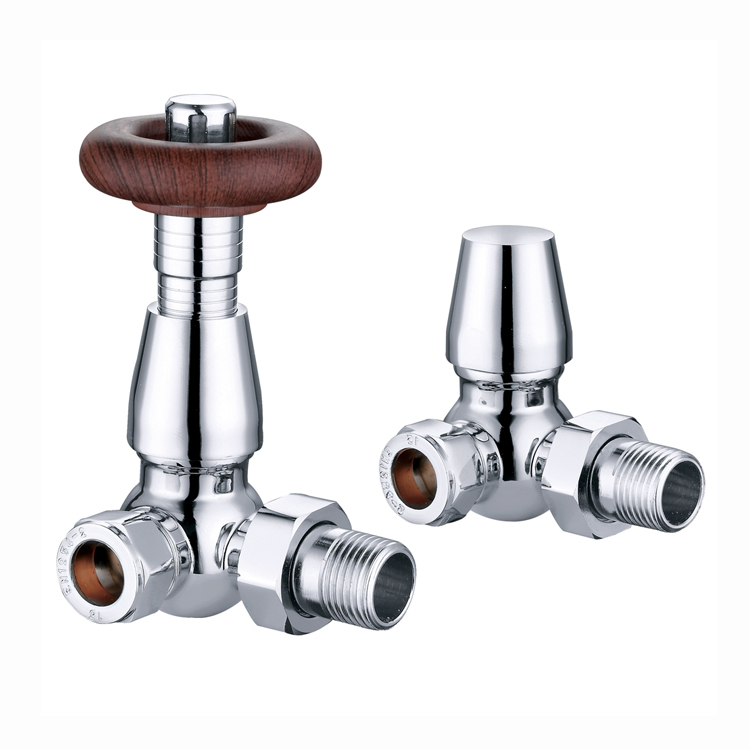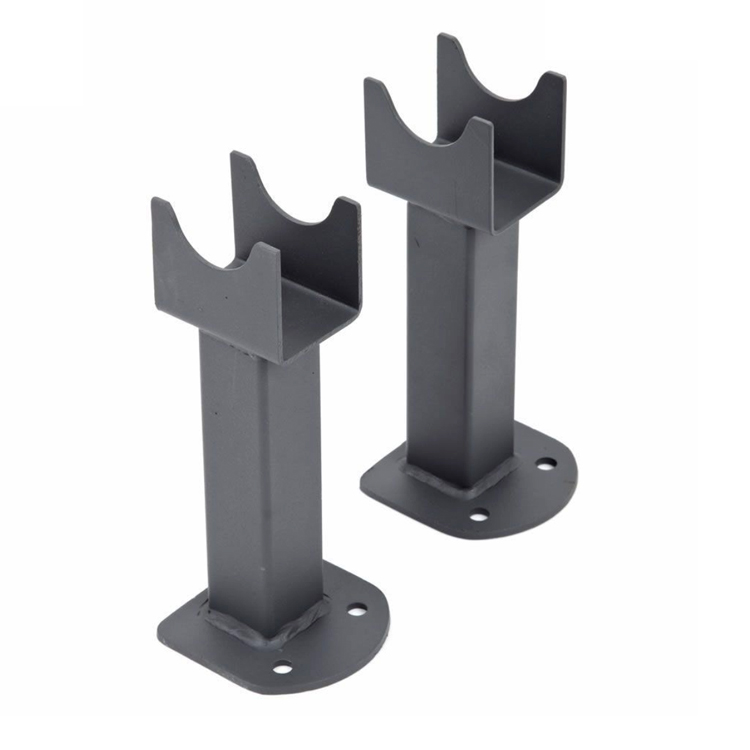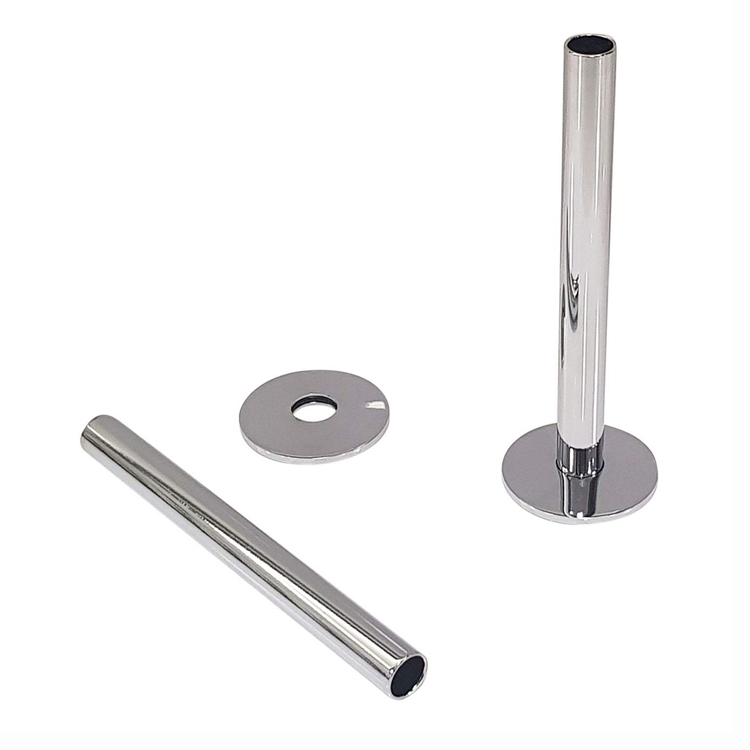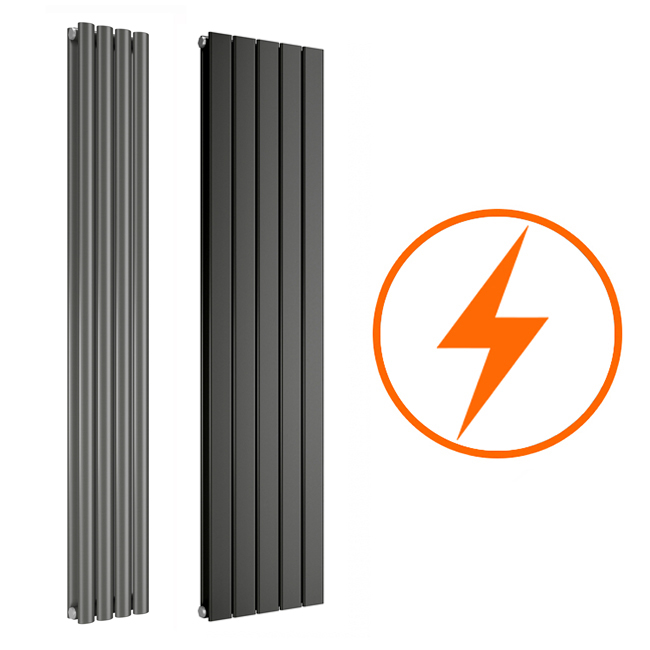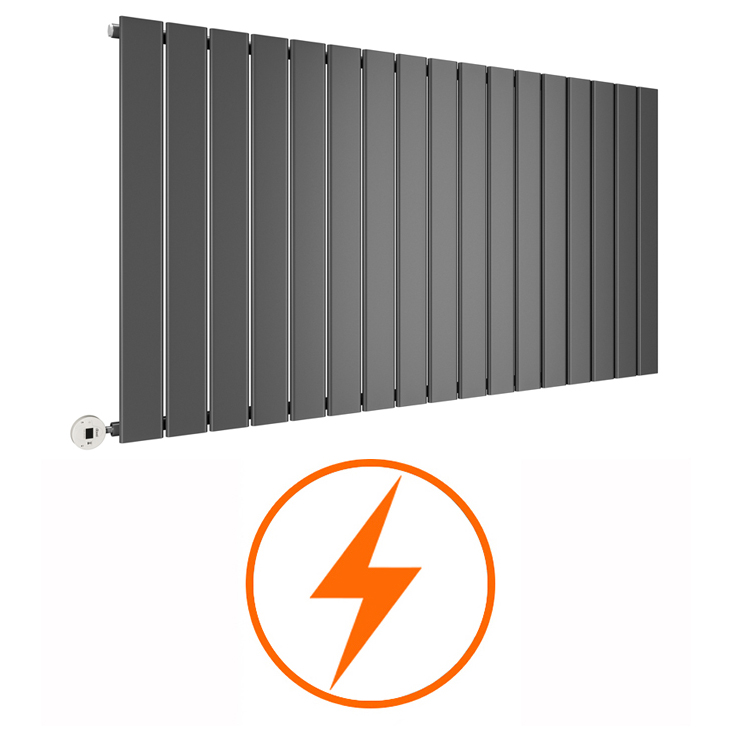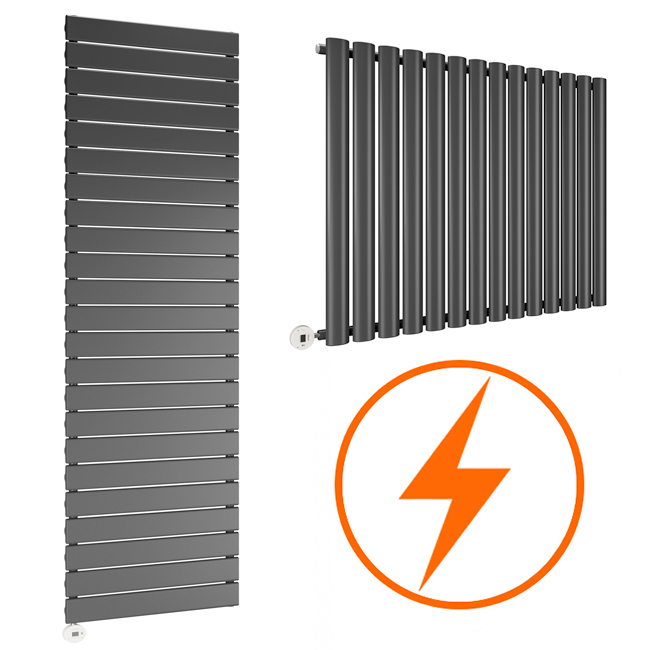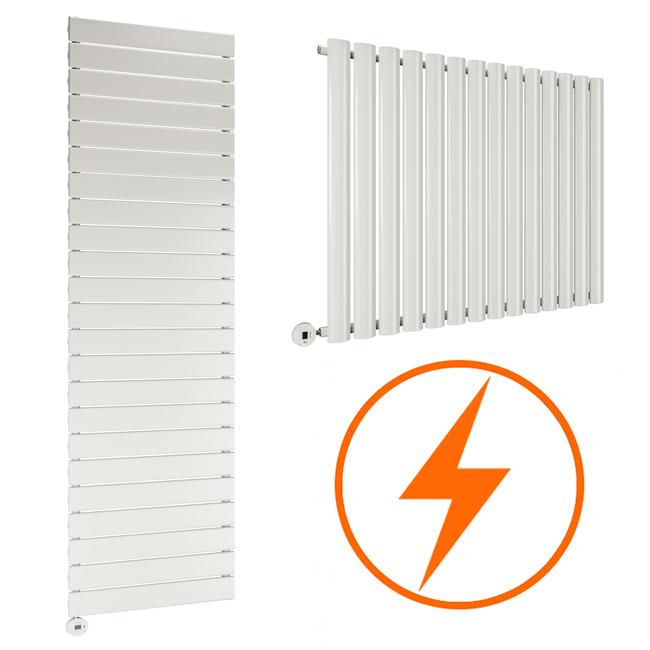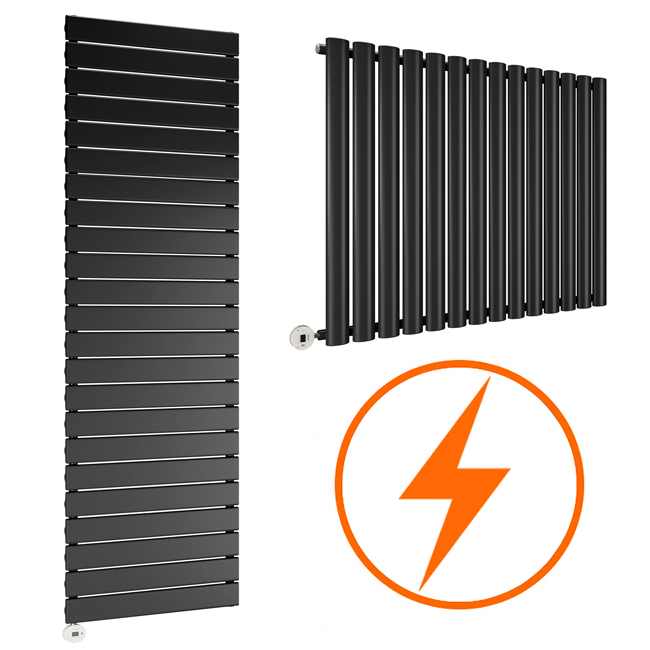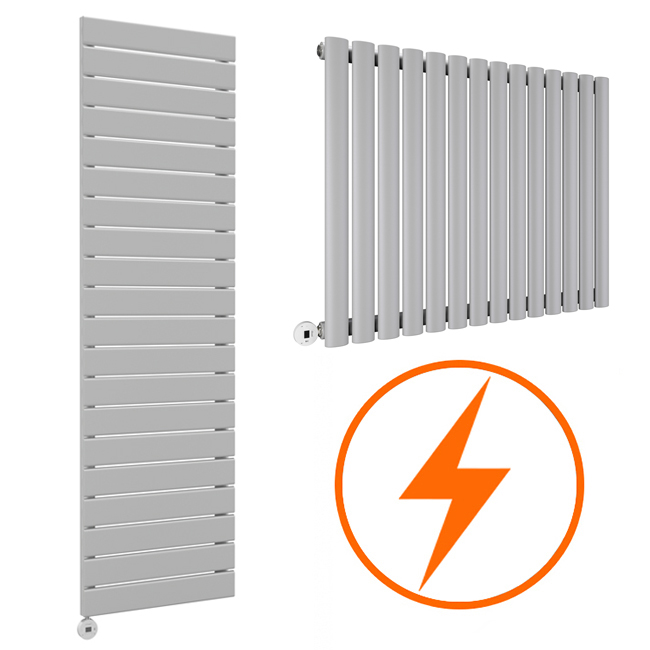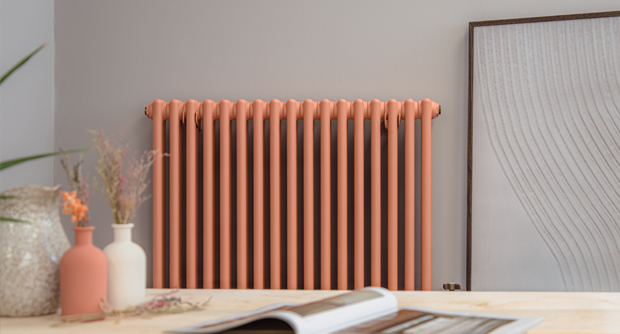
Choosing the right radiator for your home isn’t always straightforward. With so many styles, sizes and features available, it can feel overwhelming if you’re not sure where to begin. But the good news is that once you understand the basics, buying the perfect radiator becomes a simple process.
A quick guide to choosing the right radiator
Radiators aren’t just about keeping your home warm. These days, they are increasingly part of your interior design, affecting the look and feel of every room. The right choice can help you:
-
Maintain consistent, efficient heating.
-
Complement your décor and colour scheme.
-
Save money on energy bills by matching output to room size.
-
Create a polished finish with quality radiator accessories.
Getting it right means balancing style with function. Let’s start with the most important practical consideration: heat output.
Heat output: Understanding BTUs
Before you fall in love with a sleek designer radiator or a traditional raw metal option, you need to make sure the radiator can adequately heat your space.
Radiators are rated by BTUs (British Thermal Units). This figure tells you how much heat a radiator can produce. The larger the room, the higher the BTU requirement.
To calculate your needs, you can use an online BTU calculator. As a rough guide:
-
Small rooms (bathrooms, box rooms): 1,500-3,000 BTUs
-
Medium rooms (bedrooms, kitchens): 3,000-5,000 BTUs
-
Large rooms (living rooms, open-plan spaces): 5,000+ BTUs
Choosing a radiator with too low a BTU rating means your room will never feel properly warm. On the other hand, oversizing wastes energy.
Radiator materials: What’s best for you?
The material your radiator is made from affects both performance and aesthetics. Here are the most common options:
Steel radiators – The most popular choice. They heat up and cool down quickly, making them energy efficient and widely available in a range of designs and colours.
Aluminium radiators – Lightweight and fast-heating, ideal for modern homes and energy- conscious buyers.
Cast iron-style radiators – Found in traditional radiators, they take longer to heat but retain warmth for longer, giving a cosy, classic feel.
Steel and aluminium tend to dominate the market today, particularly in stylish designer radiators. Cast iron-inspired designs, however, remain a favourite for period properties or those wanting a heritage look.
Types of radiators to consider
Radiators come in all shapes and styles. Here are the most popular categories:
-
Designer radiators
Perfect if you want heating that doubles as a design statement. Designer radiators are available in bold finishes (think anthracite and black) and in vertical or horizontal formats. They’re ideal for modern homes and apartments where space-saving and aesthetics are equally important.
-
Column radiators
Column radiators bring a timeless charm. Inspired by Victorian design, they feature multiple vertical columns that deliver excellent heat output. Available in both vertical and horizontal versions, they suit everything from period homes to industrial-inspired interiors.
-
Traditional radiators
For those restoring older homes or looking to add character, traditional radiators are a natural fit. They often mimic cast iron in style while offering the efficiency of modern construction. Pairing them with classic radiator valves completes the look.
Size and placement: Getting it right
-
Under windows – A common choice, as radiators here help combat draughts.
-
Opposite seating areas – In living rooms, placing a radiator where heat naturally flows improves comfort.
-
Hallways and entryways – Slim vertical column radiators can be excellent for narrow spaces.
-
When measuring, allow room for radiator valves and other accessories. Radiators also need clearance from the floor and walls for proper air circulation. If in doubt, it’s worth consulting a heating engineer before installation.
Even the most stylish radiator won’t work effectively if it’s poorly placed. A few golden rules:
Radiator valves: Small but mighty
-
Manual valves – Simple and cost-effective, like a tap for your radiator. You turn them on or off to control the heat.
-
Thermostatic radiator valves (TRVs) – More advanced, automatically adjusting heat output based on room temperature. These save energy and keep your room consistently comfortable.
-
We have a range of radiator valves to suit both modern and traditional radiators, available in finishes including chrome, black and feather grey and anthracite to complement your design.
Radiator valves control the flow of hot water into your radiator. Without them, your heating system won’t function. There are two main types:
Radiator accessories: The finishing touches
-
Radiator feet – Provide stability for floor-mounted radiators, especially column or traditional styles. Shop radiator feet.
-
Radiator pipe covers – Conceal pipework, giving a clean, professional finish. Shop radiator pipe covers.
-
Radiator hooks – Handy for bathrooms or utility rooms, letting you hang towels or clothes for drying. Shop radiator hooks.
Accessories might not always seem like a priority, but they are essential. They make a huge difference in both functionality and appearance. Here’s what you need:
Colour and finish: Making a style statement
-
White – Classic, clean, and versatile. Works in almost any setting.
-
Anthracite – A bold, contemporary choice that looks stunning in modern interiors.
-
Black – Sleek and dramatic, often used for designer radiators.
-
Colour finishes – From soft greys to pastel blues and greens, coloured radiators are growing in popularity for those wanting to match or contrast with wall tones.
-
The finish you choose can make your radiator either blend into the background or stand out as a centrepiece.

Gone are the days when radiators only came in plain white. Today, they’re an opportunity to enhance your décor.
Installation: DIY or professional?
-
Correct BTU match for your space.
-
Safe connection to your central heating system.
-
Proper fitting of radiator valves, feet and pipe covers.
-
Secure wall or floor mounting.
-
This peace of mind is worth the investment, especially when upgrading multiple radiators in your home.
Some homeowners feel confident enough to install radiators themselves, but for many, hiring a professional heating engineer is the safest option.
A professional will ensure:
Radiator maintenance: Keeping performance high
-
Bleeding radiators – Removes trapped air that can cause cold spots.
-
Checking valves – Ensure valves turn smoothly and aren’t leaking.
-
Cleaning – Dust and dirt can build up between columns and fins; use a radiator brush or vacuum attachment to keep them clean.
Radiators don’t require much day-to-day maintenance, but a little care goes a long way:
Regular checks will keep your radiators efficient and extend their lifespan.
-
A wide selection of designer radiators and traditional radiators.
-
Affordable pricing without compromising quality.
-
Stylish radiator accessories to complete your installation, including radiator valves, radiator feet, radiator pipe covers and radiator hooks.
-
Expert support to help you make informed decisions.
-
Fast, reliable delivery across Ireland.
At Radiator Outlet Ireland, we understand that buying a radiator isn’t just about heating – it’s about making your house feel like home. Why shop with us? Because you can expect:
Whether you’re upgrading a single room or renovating your entire home, we’ve got everything you need to get started.
With the right guidance and the right supplier (us!), your new radiators won’t just heat your home – they’ll transform it.





